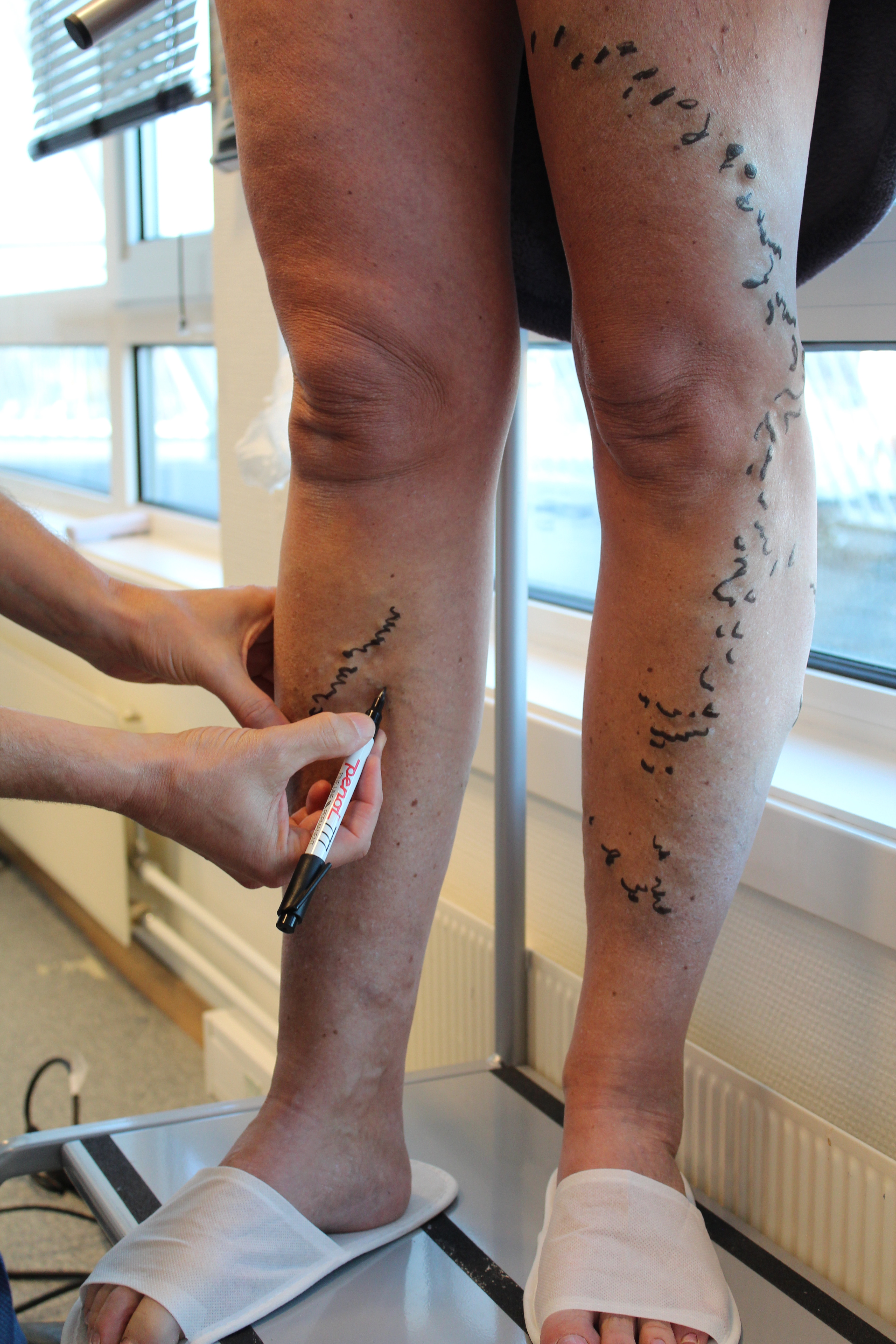
Putting your feet up while you are watching television or reading helps blood to flow out of the legs and back to the heart, reducing pressure on the veins in the legs. When you are resting, take the strain off your legs by elevating them above the level of your heart. Avoid tight waistlines, skin-tight jeans, elastic support stockings, and clothes that are too small.

Loose clothes also encourage blood flow through the lower body. Low-heeled shoes stretch and tone the calf muscles, helping blood flow more freely through the veins. Take regular breaks from sitting by getting up and moving around.

Sitting is also a problem, particularly if you cross your legs while sitting, because it causes blood to pool in the legs. Reduce the damage by shifting your weight frequently if you must stand for a long time. Standing still for a long time places pressure on your legs, which can damage the veins inside them. Use a sustainable exercise routine and healthy, balanced diet to gradually lose weight. Lose Weightīeing overweight puts more pressure on the veins in your legs, which increases the risk of them becoming damaged. To reduce your risk of developing spider veins, spend as much time as possible doing leg exercises, such as running and walking. Regular exercise strengthens veins and improves circulation. Wearing sunscreen blocks UV radiation, reducing sun damage and therefore making spider veins less likely. Additionally, the consumption of ACV can help improve circulation and blood flow as well. Like witch hazel, apple cider vinegar helps to strengthen the walls of the veins and also helps to keep them more elastic.
SPIDER VEINS SKIN
This reduction in collagen makes skin thinner, which in turn makes blood vessels more visible. Among the best home remedies for dealing with spider veins is apple cider vinegar.

Sun damage reduces the amount of collagen that your skin cells make.


 0 kommentar(er)
0 kommentar(er)
